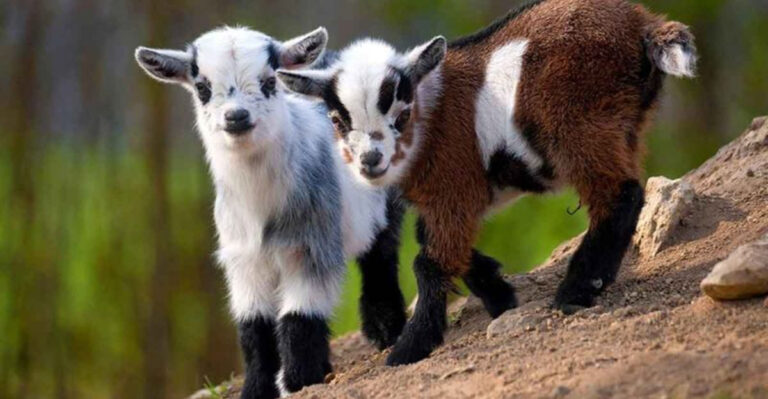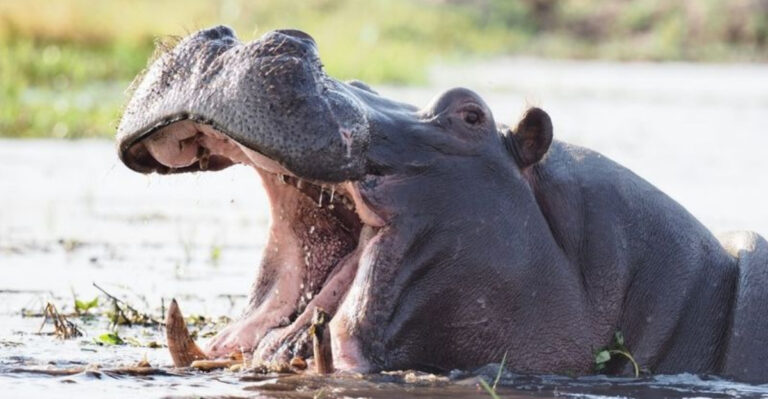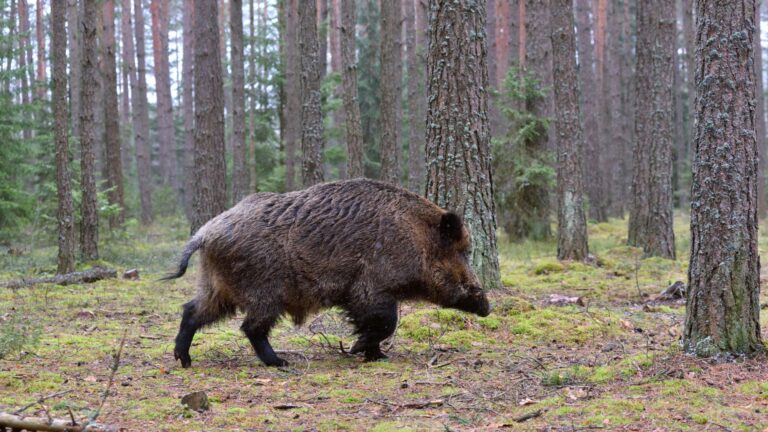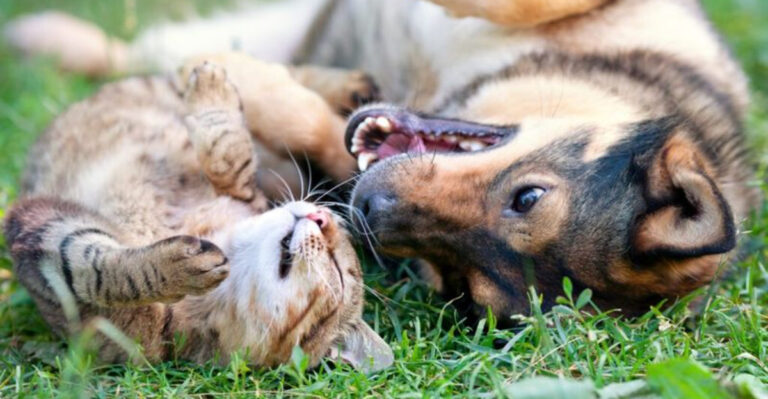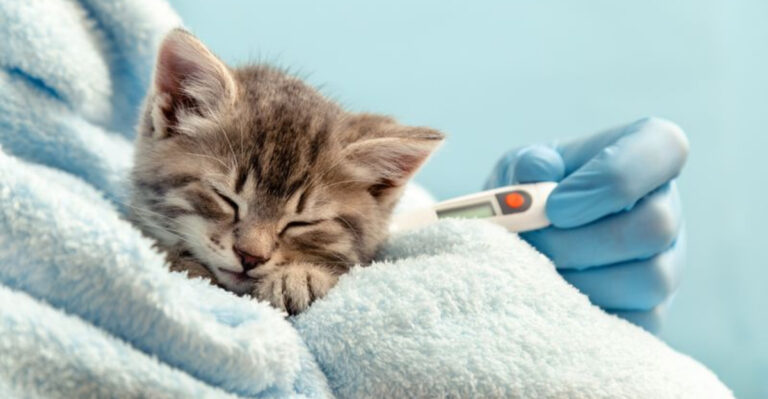16 Common Myths About Pets You Didn’t Know Were False
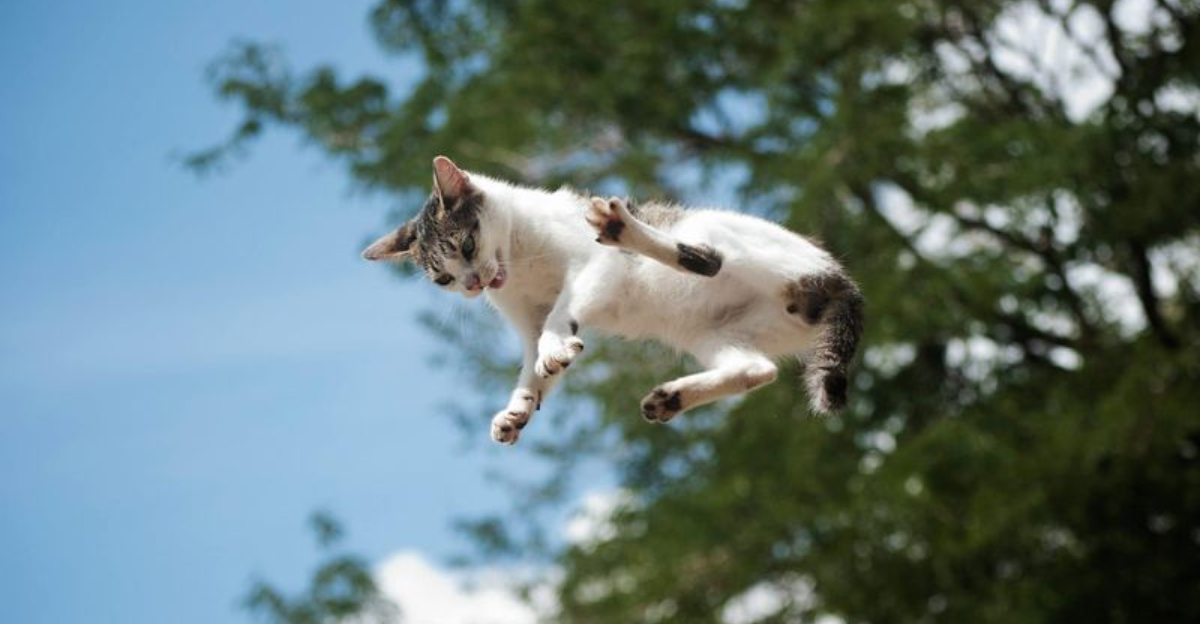
Prepare to have your mind blown as we unravel some of the most common myths you believed about pets.
This isn’t just about cute whiskers or wagging tails; it’s a deep dive into misconceptions that might surprise even the most seasoned pet enthusiasts. Let’s debunk these myths together!
1. Goldfish Have A Three-Second Memory
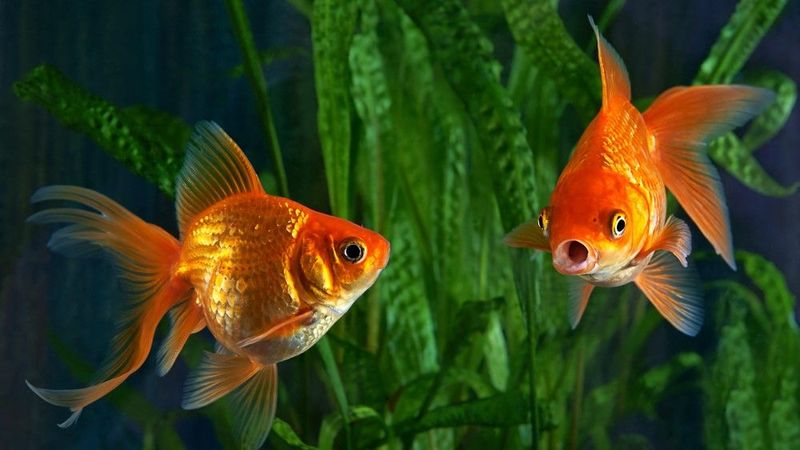
If you think your goldfish can’t remember anything beyond three seconds, think again! These little swimmers have memories spanning months.
Imagine training them to swim through hoops or recognizing their owner. It’s time to give these finned companions the credit they deserve for their impressive cognitive skills.
2. Cats Always Land On Their Feet
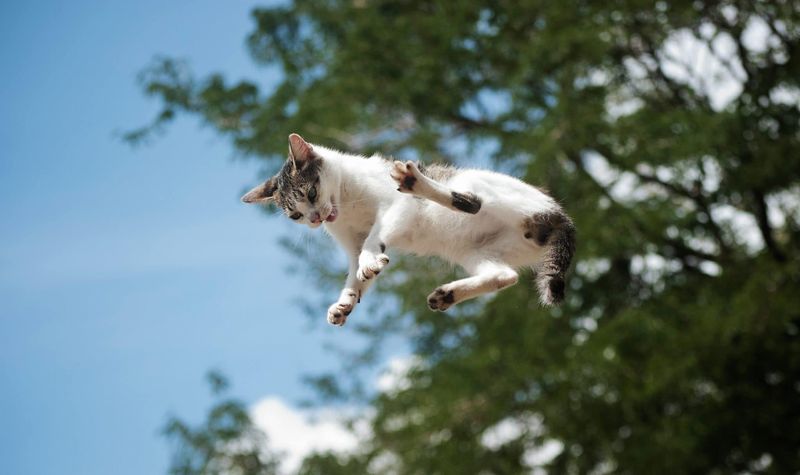
Forget the myth that cats always land on their feet. While they often manage to flip in mid-air, they’re not infallible. A bad fall can lead to injuries, so it’s best not to test this theory. Keep your feline friend safe with secure windows and high places where they can land softly.
3. Dogs See In Black And White
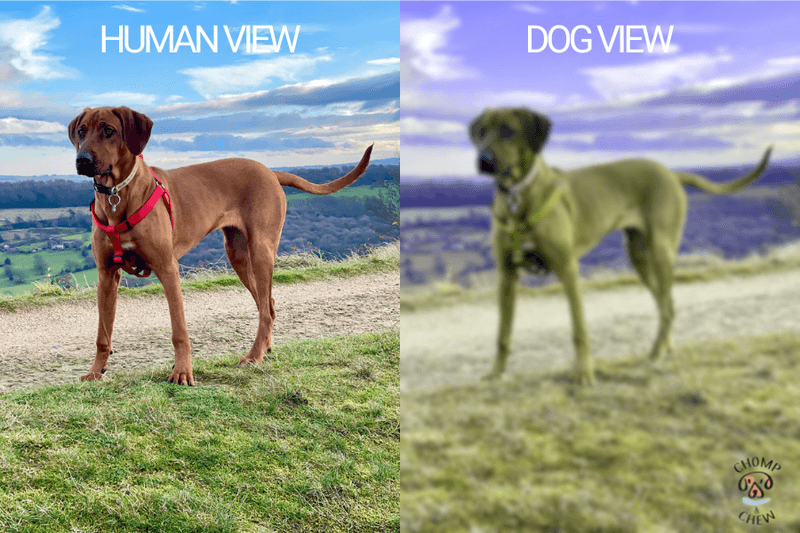
Canine vision might not be as colorful as humans, but dogs don’t see in black and white. They can perceive shades of blue and yellow. Picture a vibrant world through their eyes! So next time your dog fetches a blue ball, remember they’re seeing more than just grayscale.
4. Rabbits Love To Be Picked Up
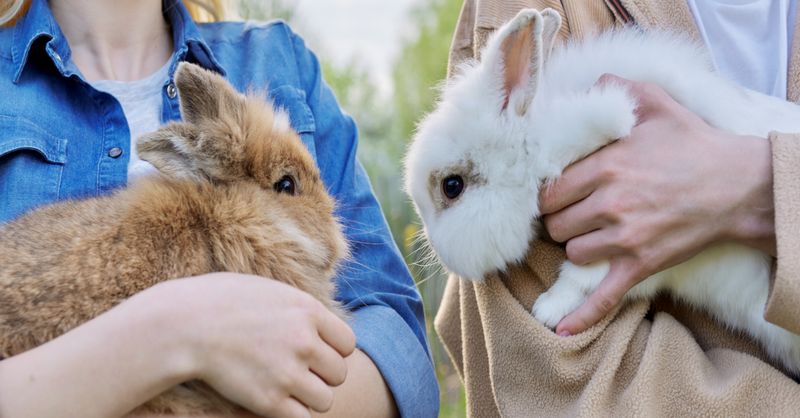
Sure, rabbits are cute and cuddly, but they aren’t always fans of being picked up. Handling can be stressful for them. Imagine someone lifting you unexpectedly! Bond with your bunny on their level by petting them gently on the ground to keep them happy and secure.
5. Hamsters Are Low-Maintenance Pets
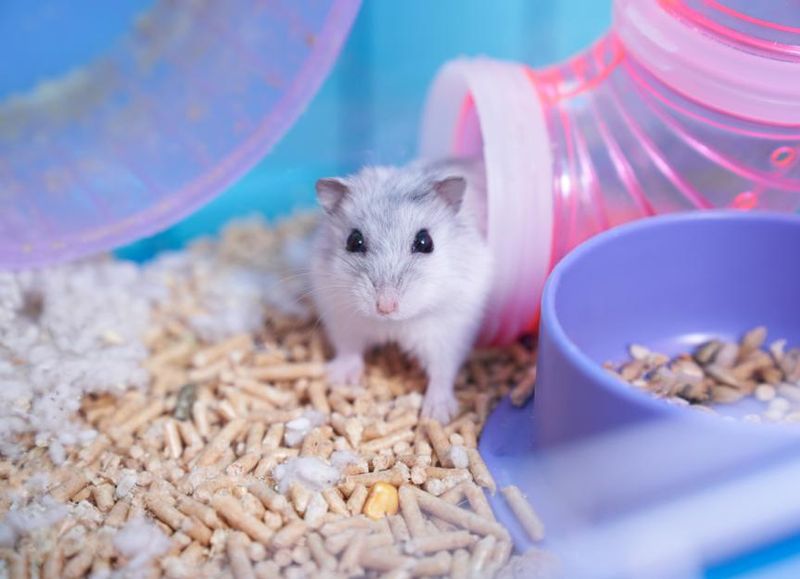
Think hamsters are easy pets? Not quite! They require more care than you’d expect. From cleaning their cages to providing mental stimulation with toys and tunnels, these tiny creatures demand attention. Don’t let their size fool you; they need a lot of love and care.
6. Birds Can Talk And Understand Human Language
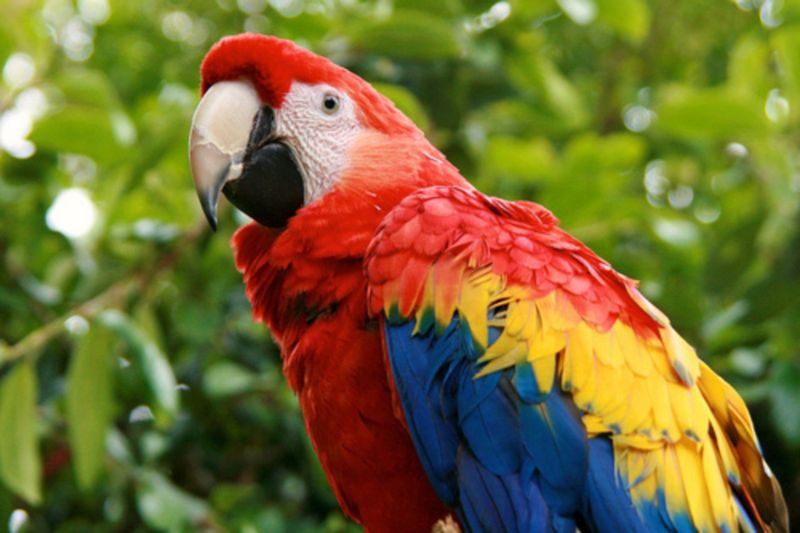
Parrots might mimic words, but they don’t understand human language like we do. They associate words with outcomes, often for treats. Imagine a toddler repeating sounds without grasping their meaning. While they can imitate, understanding is a different story.
7. Snakes Are Slimy
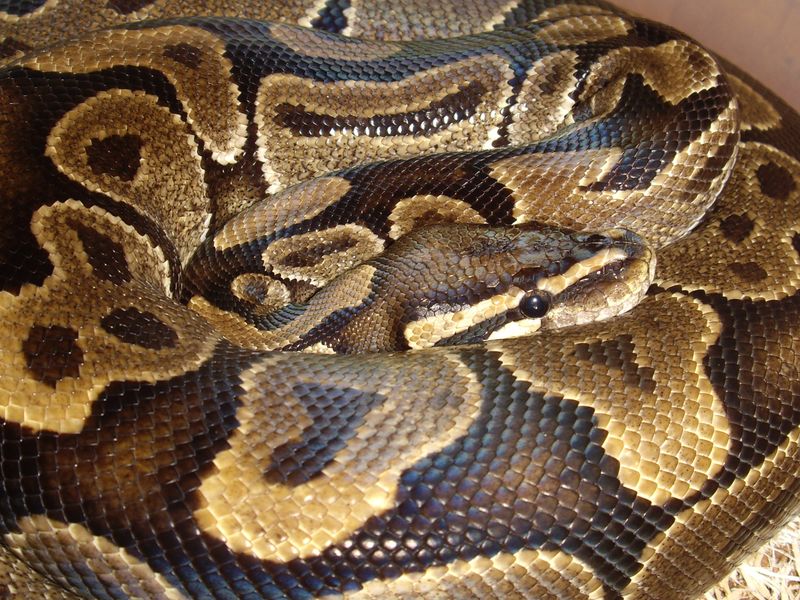
Snakes might look slimy, but they’re actually dry and smooth. Their scales are designed to protect and help them move efficiently. Touching a snake feels more like smooth leather than anything else. Next time you see one, remember they aren’t slippery creatures.
8. Guinea Pigs Are Just Small Rabbits

Guinea pigs aren’t just tiny rabbits; they’re unique rodents with distinct needs. Unlike rabbits, they don’t hop but scurry. Their diet and habitat requirements differ significantly. Treat them as the special creatures they are, deserving their own unique care plan.
9. Turtles Are Slow Movers
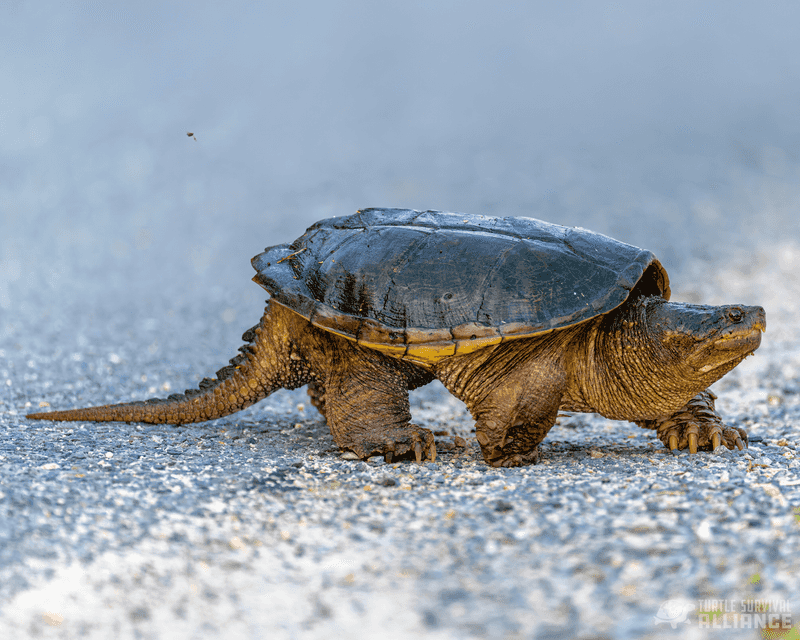
The idea that turtles are always slow is misleading. Some species, like the softshell turtle, can move surprisingly fast, especially in water. Picture them zipping past you in their natural habitat. Turtles are more dynamic than their reputation suggests!
10. All Spiders Are Dangerous
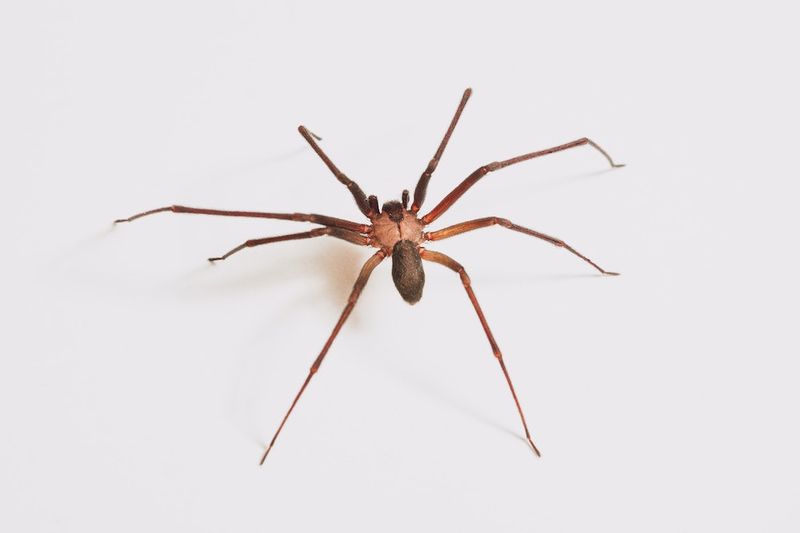
Not all spiders are harmful. In fact, many are beneficial, controlling insect populations. Imagine them as tiny pest control agents. While some species are venomous, most are harmless and avoid human contact. Embrace these eight-legged wonders for their ecological role.
11. Ferrets Are Wild And Untrainable
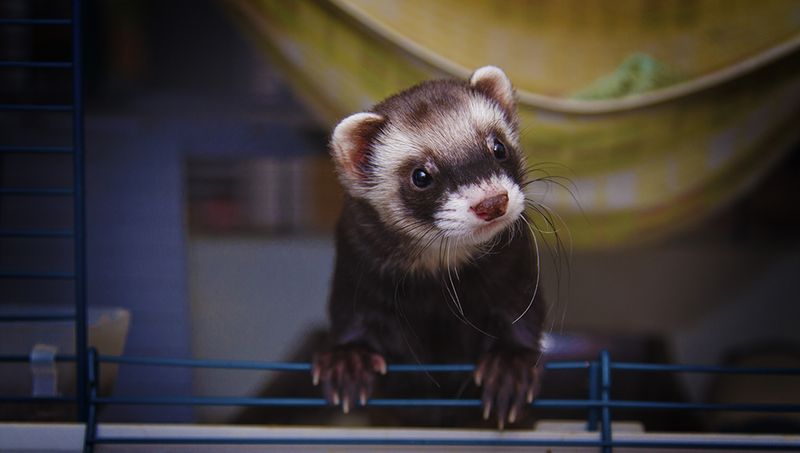
Ferrets might seem unruly, but they’re trainable and enjoy interactive play. With patience, they can learn tricks and even use a litter box. Think of them as furry little explorers eager to bond with their humans. Training can turn them into delightful companions.
12. Hedgehogs Shoot Their Quills
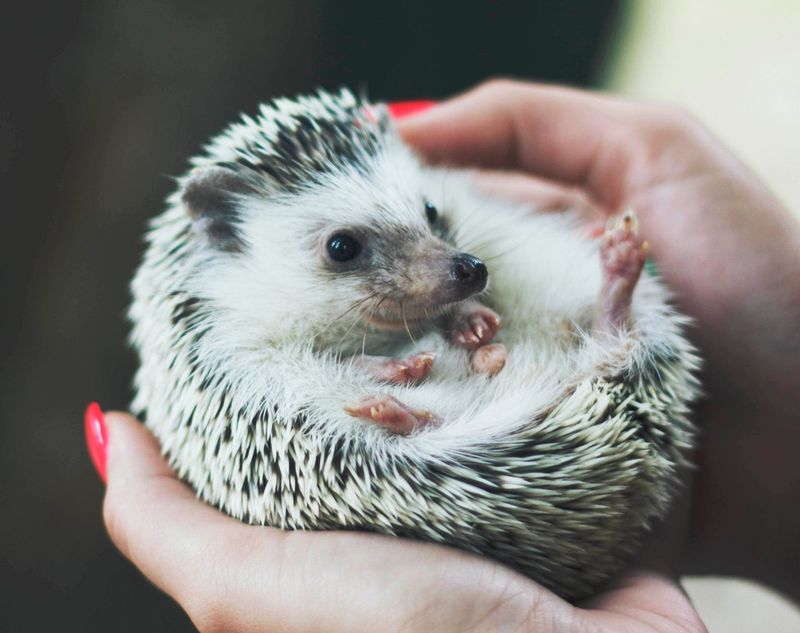
Hedgehogs don’t shoot quills like porcupines. Instead, they raise them when threatened, creating a spiky defense. Picture them curling into a tight ball, protecting themselves with their quills. These gentle creatures are more about defense than offense.
13. Bats Are Blind
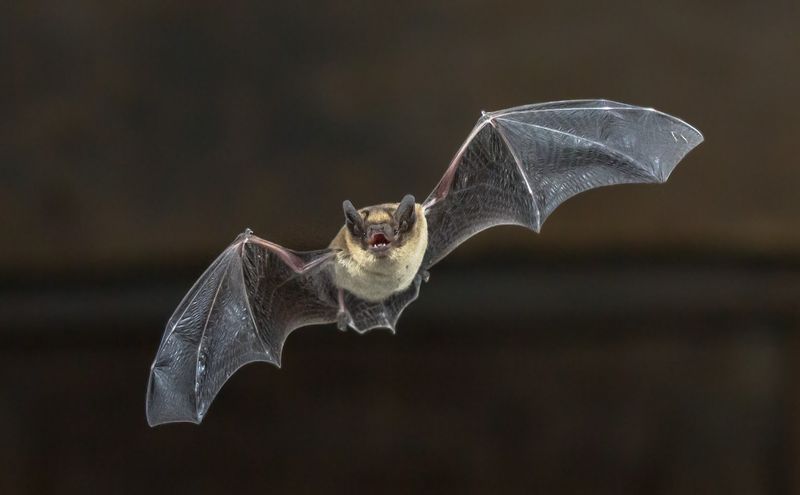
Bats aren’t blind; they have decent eyesight adapted to low light. Many species see as well as humans. Consider their echolocation as an extra sensory tool. Viewing the world through a bat’s eyes reveals a fascinating blend of vision and sound.
14. Chameleons Change Color To Match Their Environment
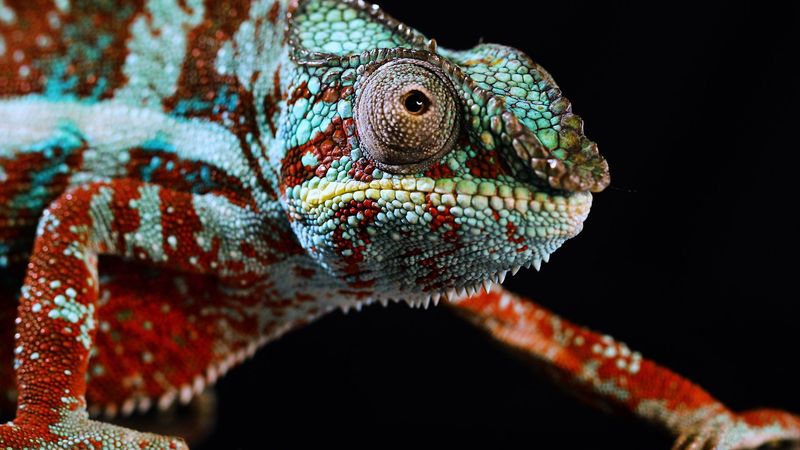
Chameleons don’t change color just for camouflage. Their colors reflect mood, temperature, and communication. Imagine them as mood rings of the animal kingdom, signaling everything from aggression to courtship. Color changes are more about expression than blending in.
15. Pot-Bellied Pigs Stay Small Forever
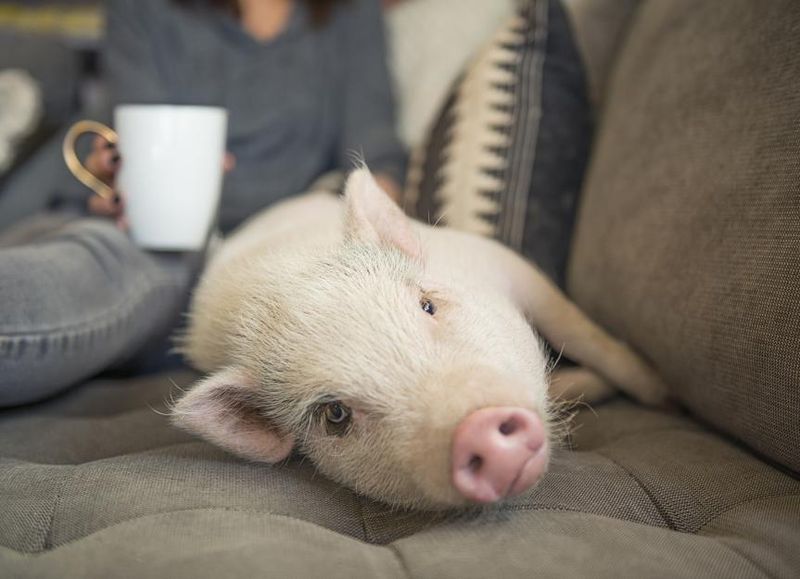
Pot-bellied pigs might start small, but they can grow large over time. They need ample space and a proper diet. Envision them as hefty pets requiring commitment and care. These pigs are more than just cute miniatures; they’re full-sized companions.
16. Horses Sleep Standing Up
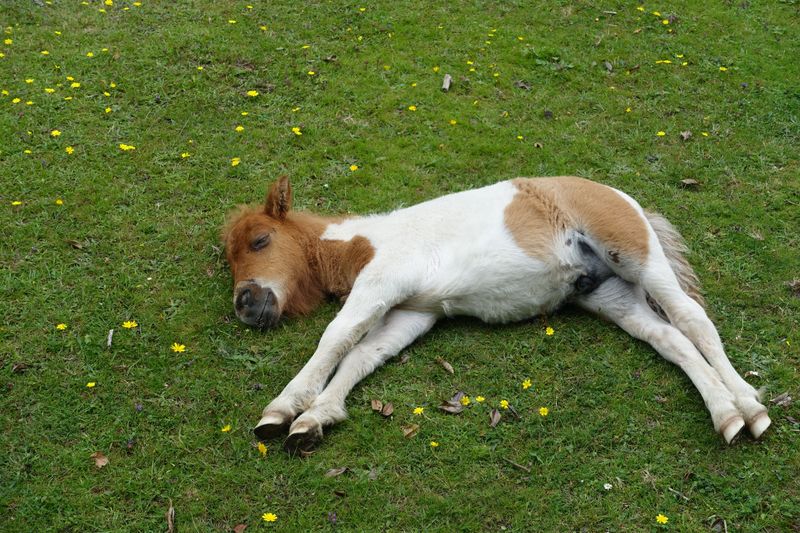
Horses can sleep standing, but they need to lie down for deep rest. Picture them stretched out in a meadow, soaking in the sun. While they can doze upright, true rest requires them to lay down occasionally, contrary to popular belief.

